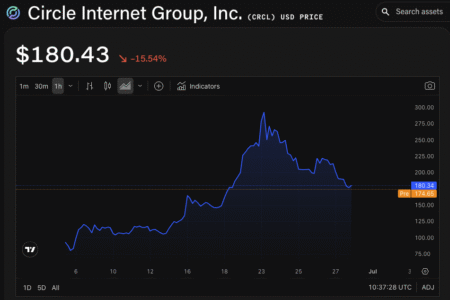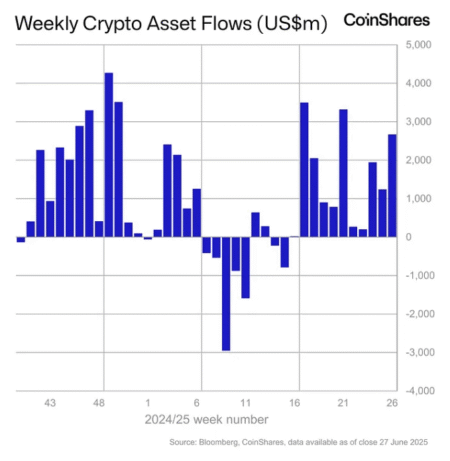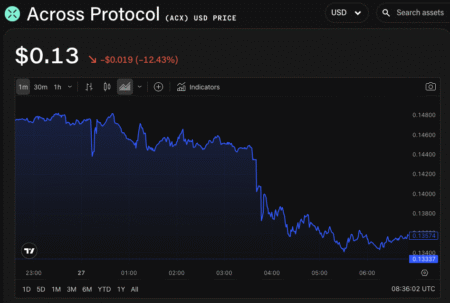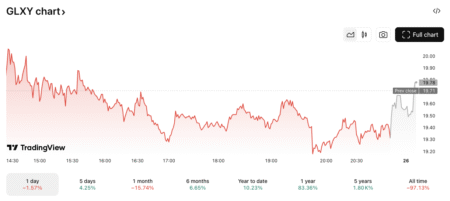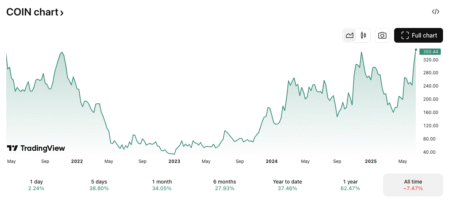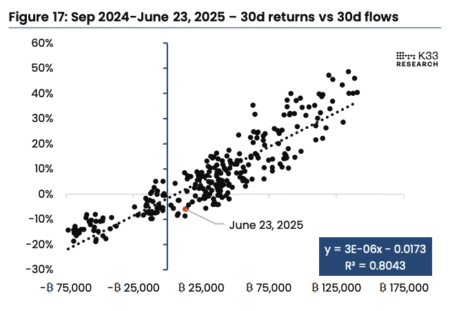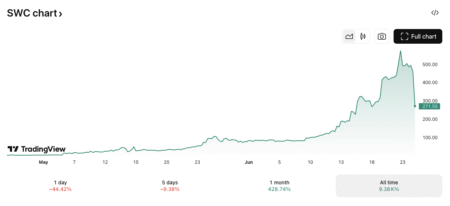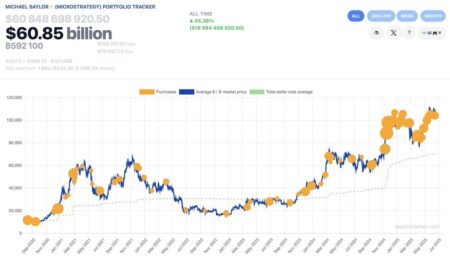Bitcoin’s Resilience: Why a Bear Market May Not Be on the Horizon
In the ever-evolving world of cryptocurrency, few voices have been more influential than Plan B, a prominent Bitcoin analyst and creator of the Stock-to-Flow model. Recently, he made headlines by asserting that he does not foresee a bear market for Bitcoin in the near future. By examining Bitcoin’s impressive price trajectory over the years, especially since 2023, Plan B argues that the Bitcoin market has entered a new phase of maturity, signaling a potential long-term bullish outlook despite the traditional expectation of cyclical bear markets.
Bitcoin’s price has demonstrated remarkable resilience, effectively doubling its value each year since 2023. This consistent growth defies the historical four-year cycle typically used to predict market trends—where peaks and troughs are expected. This deviation from established patterns suggests a shift in investor sentiment, where confidence in Bitcoin as a store of value and hedge against inflation has gained unprecedented traction. Such an upward trajectory not only signals strong demand but also reflects a shift in the perception of Bitcoin as a fundamental asset in the financial system.
Critics and naysayers have often pointed to fundamental indicators to forecast a downturn in the Bitcoin market. Plan B addresses these concerns by emphasizing the underlying structural changes in both the cryptocurrency space and the broader economic landscape. With increasing institutional adoption, regulatory clarity in several jurisdictions, and the emergence of Bitcoin as a digital gold, the environment for sustained growth appears more robust than ever. These developments have played a significant role in diminishing the volatility typically associated with Bitcoin and have fostered a more mature investment climate.
Moreover, the narrative surrounding Bitcoin as a safe haven continues to strengthen, particularly amid global economic uncertainties. In the face of rising inflation rates and geopolitical tensions, investors are increasingly turning to Bitcoin as a hedge against traditional market risks. This mindset is bolstered by Bitcoin’s limited supply, which contrasts sharply with inflationary fiat currencies. In this context, the argument for Bitcoin as a digital asset that holds its value over time gains even more appeal, positioning it as a formidable contender against traditional financial instruments.
As we look to the future, Plan B’s commentary suggests that the next phase for Bitcoin could involve even greater integration into mainstream finance. The growing acceptance of Bitcoin within various sectors, including retail, finance, and investment, indicates that it is no longer merely a speculative asset but rather a legitimate component of a diversified portfolio. With technological advancements and the potential for widespread adoption of digital currencies, the narrative surrounding Bitcoin is shifting toward one of sustainability and enduring value, rather than volatility and uncertainty.
In conclusion, while it is important to approach Bitcoin investment with caution and to remain aware of the inherent risks involved, Plan B’s insights present a compelling case for optimism regarding Bitcoin’s future. The combination of institutional interest, macroeconomic factors, and a shift in market maturity all point towards a potentially bright horizon for Bitcoin enthusiasts. As the cryptocurrency continues to solidify its role in the global financial ecosystem, those who were once skeptical may find themselves reassessing their stance on this digital asset. The potential for Bitcoin to evolve away from historical market cycles could mark the beginning of a new era, driving innovation and investment in the world of finance.








